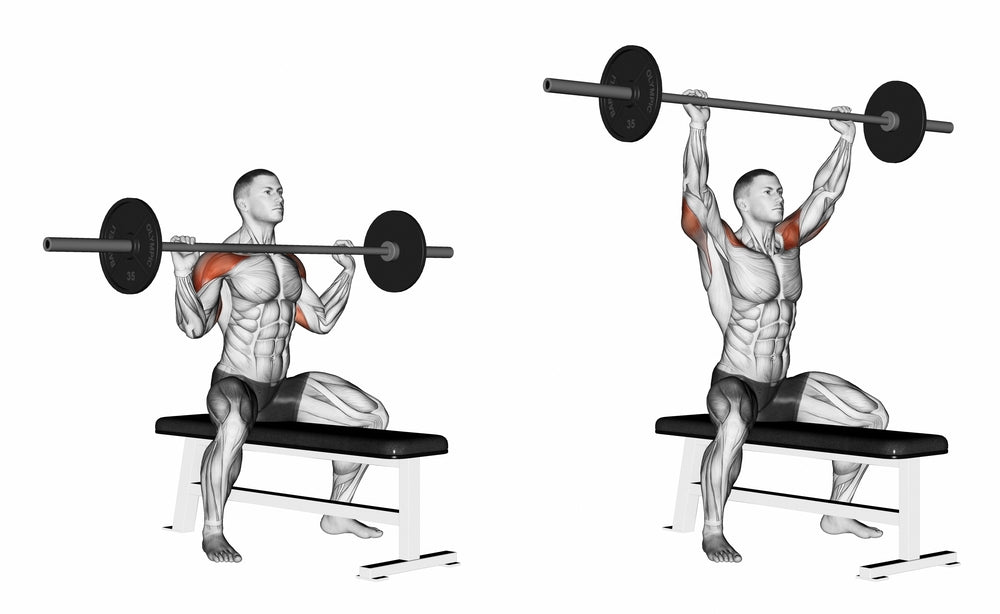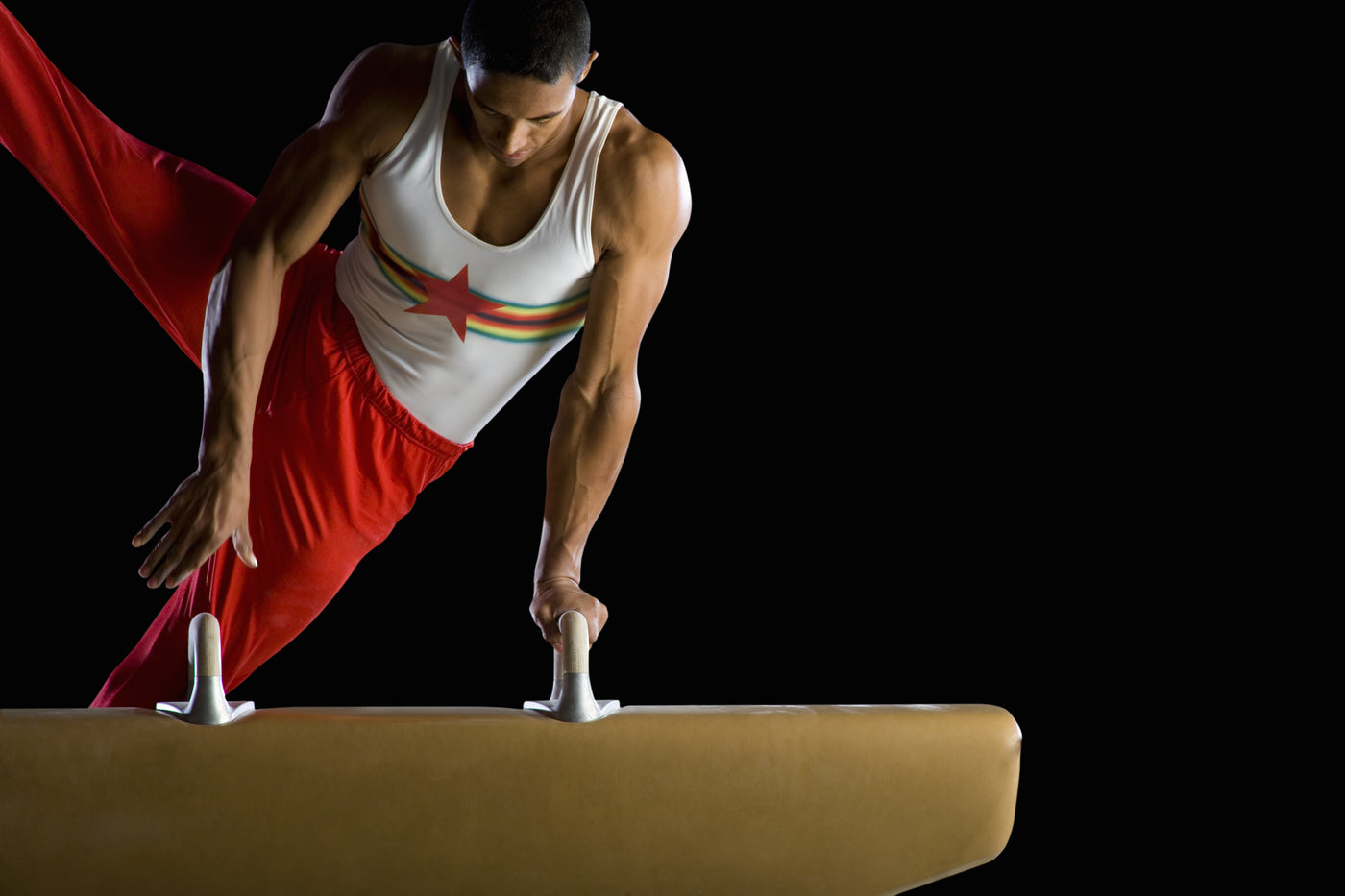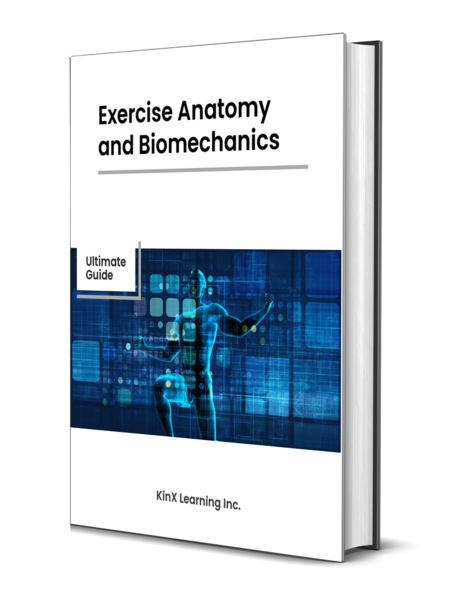Exercise Anatomy
Seated Overhead Barbell Press
The Seated Overhead Barbell Press is a highly effective exercise that targets the deltoid muscles of the shoulders and the triceps. This compound movement not only helps in developing shoulder strength and stability but also engages the core for added support. The seated position ensures proper posture, reducing the risk of lower back strain. Including this exercise in your routine promotes overall upper body strength and enhances shoulder aesthetics. Its simplicity and focus on major muscle groups make it a staple for anyone looking to build a well-rounded and powerful upper body.

Major Muscles and Actions Involved
The Seated Overhead Barbell Press primarily involves the joint action of shoulder abduction and elbow extension. In this exercise, the muscles engaged include the deltoids (anterior, lateral, and posterior), trapezius, triceps brachii, and various stabilizing muscles of the core and upper back. As you press the barbell overhead from a seated position, the deltoid muscles are responsible for the abduction of the shoulder, while the triceps extend the elbow. The trapezius and other supporting muscles work to stabilize the scapulae and maintain proper posture throughout the movement.

Sports Uses
The Seated Overhead Barbell Press is particularly beneficial for athletes engaged in sports that require upper body strength, shoulder stability, and explosive movements. Athletes involved in weightlifting, powerlifting, and bodybuilding find this exercise valuable for developing shoulder and triceps strength essential for lifting heavy loads. Additionally, athletes in sports such as basketball, volleyball, and tennis, where overhead movements and strong shoulders are crucial, can benefit from the Seated Overhead Barbell Press to enhance their performance. The exercise's focus on shoulder abduction and elbow extension makes it a valuable addition to training regimens for individuals participating in various athletic activities that demand upper body power and stability.
Exercise Tips
- Proper Technique: Maintain an upright seated position with your back straight and core engaged. Initiate the press with controlled upward movement, avoiding excessive arching of the lower back.
- Full Range of Motion: Ensure a complete range of motion by lowering the barbell to the level of your collarbone and pressing it overhead until your arms are fully extended. This maximizes muscle engagement and promotes flexibility.
- Appropriate Weight: Start with a manageable weight to perfect your form. Gradually increase the weight as your strength improves, but prioritize technique over heavy loads to prevent injury.
- Grip Placement: Use a grip slightly wider than shoulder-width for optimal shoulder activation. Experiment with grip width to find what feels most comfortable and allows for a natural range of motion.
- Variations: Explore seated variations such as the Z Press or incorporate dumbbells for unilateral work. These variations can help address muscle imbalances and add diversity to your training.
- Muscle Involvement: Emphasize the contraction of the deltoids and triceps throughout the movement. Engage your core to stabilize your spine and prevent excessive leaning.
- Breathing: Inhale as you lower the barbell to your collarbone, and exhale during the upward phase of the press. Maintain a consistent breathing rhythm to support energy output and stabilize your core.
By focusing on these tips, you can enhance the effectiveness of the Seated Overhead Barbell Press, ensuring proper form, minimizing the risk of injury, and optimizing muscle engagement for upper body strength development.

Want to Learn More?
Try our premium ebook, Exercise Anatomy and Biomechanics: Ultimate Guide.
Satisfaction guaranteed.
